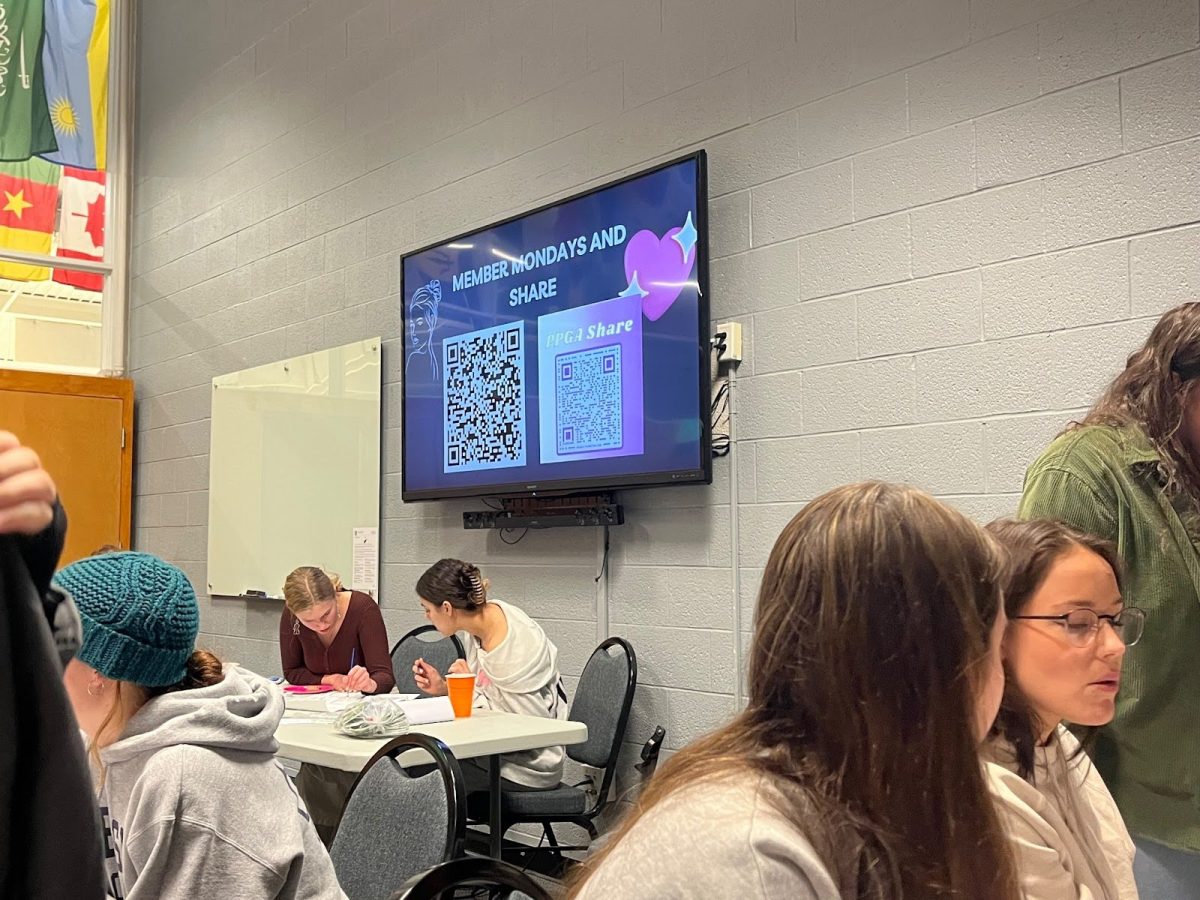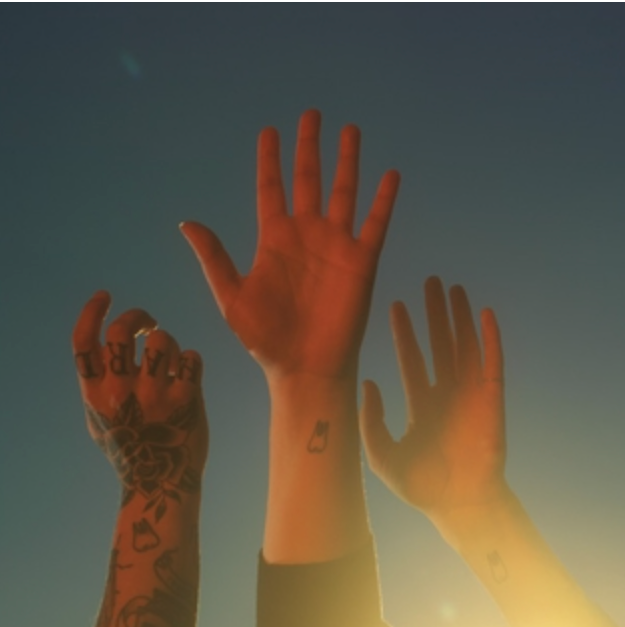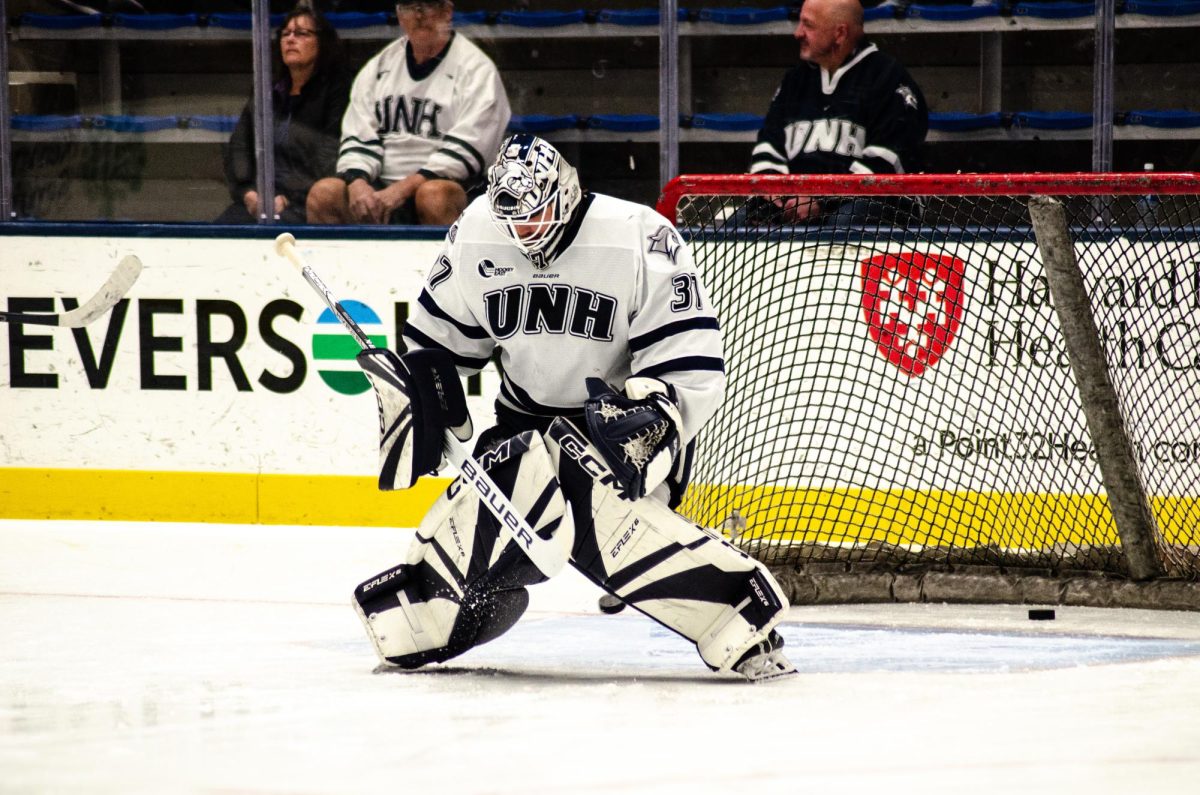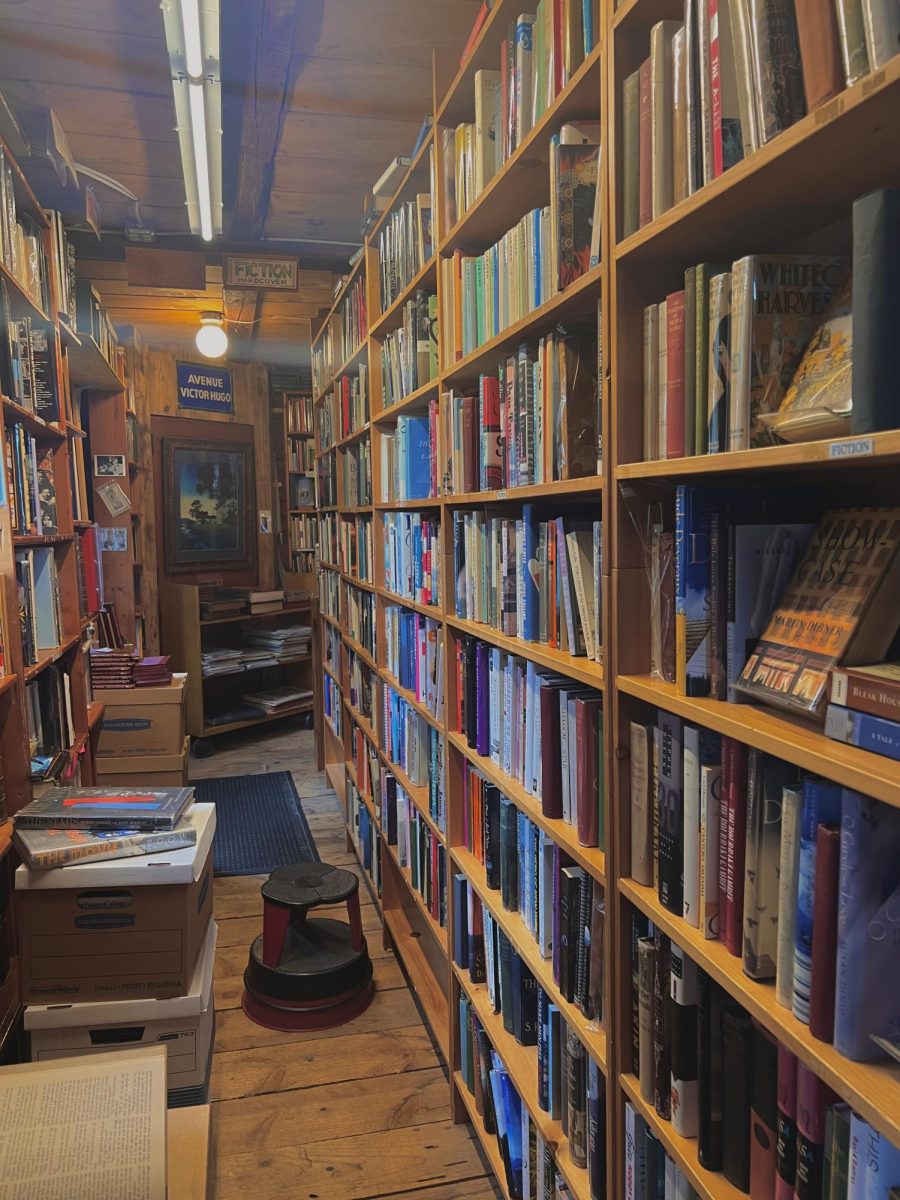The new Netflix documentary “Seaspiracy” made a splash of controversy on more than its content about the horrors of the fishing industry; this controversy came from many viewers who believed it should have been called “ConspiraSea” instead. But hate the name or love it, the film is sure to make anyone think twice before eating seafood.
The name controversy worked out surprisingly well for producers, Ali Tabrizi and Lucy Tabrizi, who said they have received more attention than they expected simply from people commenting on the fact that they believe the name should have been “ConspiraSea.” The reason for the name “Seaspiracy” was to relate to the movie’s predecessor “Cowspiracy” and because they thought the name “ConspiraSea” would have been confusing to spell.
But the documentary’s intended controversy was in its bold claims regarding slavery in the fishing industry in addition to the damage caused to the ocean and sea creatures by the industry and the health risks from eating fish. And while these claims may be a shock to some people, many of the facts in the film have been known for a while. One bold claim is that approximately 46% of the 79 thousand tons of ocean plastic in the Great Pacific Garbage Patch is made up of fishing nets, some as large as football fields. This is true according to a study published in March 2018 in Scientific Reports. According to the Chief Scientist at the Ocean Conservancy, George Leonard, “At least half of […ocean plastic waste] is not consumer plastics, which are central to much of the current debate, but fishing gear.”
But the darkest side of the film shows shocking footage of interviews with victims of slavery at sea. This issue has been reported on before by the Environmental Justice Foundation’s (EJF) report, Blood and Water which details numerous cases of abuse, on vessels flying the flags of both developing and developed nations, from the E.U. and U.S. to Asia and South America. According to an article from The Maritime Executive, “The report details cases of slavery, debt bondage, insufficient food and water, filthy living conditions, physical and sexual assault and murder aboard fishing vessels from 13 countries operating across three oceans.”
This slavery at sea showcases a horrifying human rights issue. Other claims in the documentary showcase the harm done to sea life, like sharks, whales and dolphins.
Something that may shock tuna lovers is that the “Dolphin-Safe” label on tuna cannot guarantee that all tuna with that label actually didn’t harm or kill dolphins. The “Dolphin-Safe” label is supposed to signify that no dolphins were killed or seriously injured as a result of the catching of the tuna contained in certain brands. Mark Palmer of the Earth Island Institute, the organization behind the “Dolphin-Safe” logo, confessed to a conflict of interest between the companies and organizations that dole out “Dolphin-Safe” and related labels and the fishing operations they give them to. He admitted that they could not fully guarantee that no dolphins were harmed during the catching of tuna, even with “Dolphin-Safe” labels.
“Seaspiracy” also managed to showcase an organization doing hard work to stop illegal fishing, the Sea Shepherd Conservation Society. Sea Shepherd is an international, non-profit marine conservation organization that engages in direct action campaigns to defend wildlife, and conserve and protect the world’s oceans from illegal exploitation and environmental destruction. In an interview regarding the “Dolphin-Safe” tuna label, Sea Shepherd’s Captain Peter Hammarstedt explained that the biggest threat to whales and dolphins is commercial fishing.
The end of the film encourages viewers to move towards a vegan or plant-based diet, but “Seaspiracy” makers also emphasized in an Instagram Q&A that it is still important for people to cut down on their individual plastic use as well. The end of the film also featured information about the health downsides to eating fish, such as mercury contamination, Polychlorinated biphenyls (PCBs) and microplastics in almost every fish that is consumed. They also showed some of the terrible conditions of farming fish that show that keeping fish in close proximity increases chances of disease. Farmed salmon in particular are susceptible to outbreaks of sea lice, according to the British Broadcasting System (BBC).
I went vegan in the beginning of January for environmental and animal rights reasons, but one of the hardest things for me to give up was tuna. Back when I ate tuna, I would always look for the “Dolphin-Safe” tuna and even now it feels discouraging to realize that the labels can’t guarantee they are not harming dolphins.
I also loved sushi and always believed salmon was healthy for you because of the omega-3 fatty acids in it. The one part of the equation I was missing was that fish don’t actually make omega-3s; they get them from eating algae. So now I eat what the fish eat and skip the middleman. According to the Physicians Committee for Responsible Medicine, omega-3 fatty acids are readily available in a wide variety of plant foods, like walnuts, flaxseeds, chia seeds, hemp seeds, edamame, seaweed, and algae. Other green leafy vegetables and beans also contain small amounts. Additionally, omega-3s from a source like algae don’t have toxic chemicals like PCBs found in some sea creatures. If you get to the end of “Seaspiracy” and realize you want to cut down on your fish intake, do not fear, there are lots of omega-3 sources available for you.
But it’s important to note after watching this film who the real culprit is, the commercial fishing industry. Small populations of people, or native, or indigenous people catching fish and eating it isn’t where the problem lies. It’s the large fishing industry destroying our seas and taking fish from the local people as well. And if you get to the end of the film and want to know more about the environmental impact of animal agriculture, make sure to watch “Cowspiracy,” my favorite documentary. If you can’t quit seafood, maybe try to cut back a bit to help save our planet.
Photo courtesy of Netflix.






















Anonymous • Apr 18, 2021 at 9:54 am
5